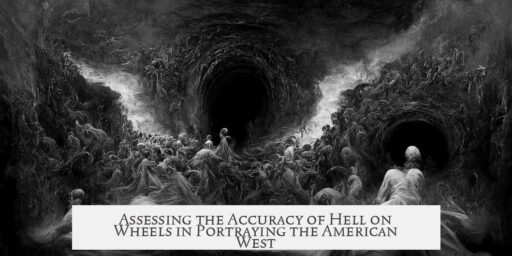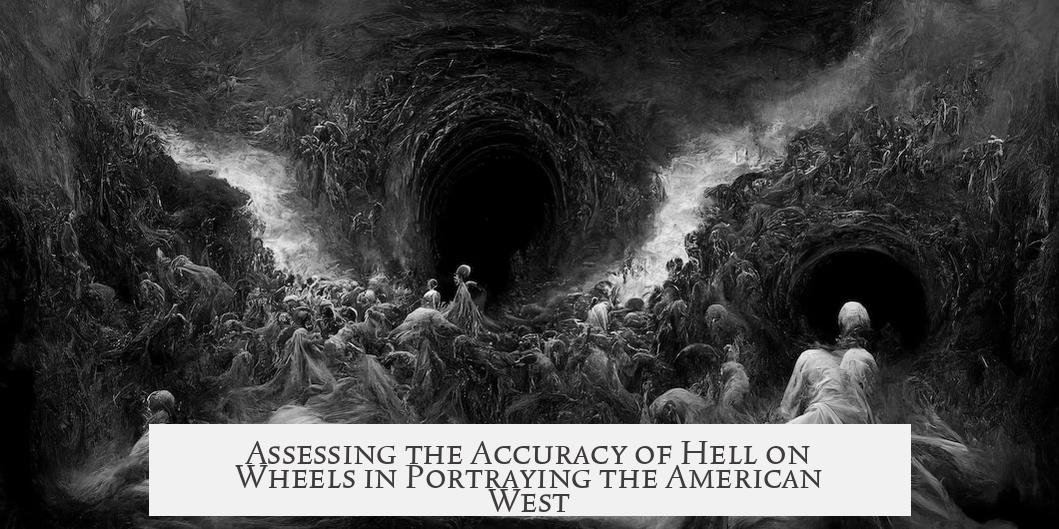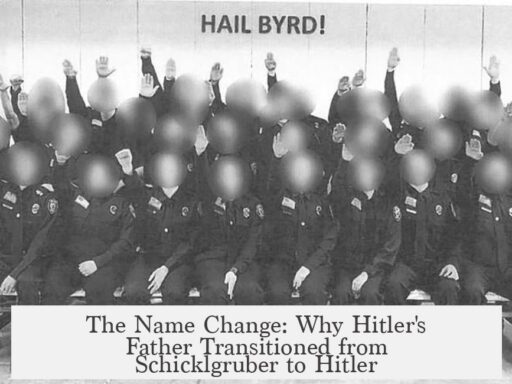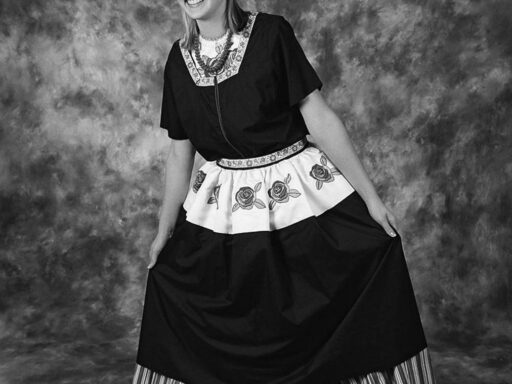Hell on Wheels offers a relatively good depiction of the American West, especially compared to many other Hollywood portrayals, but it also includes exaggerations and some historical inaccuracies. It captures the mood and some realities behind the West’s expansion during railroad construction, focusing on the gritty nature of the era and the complex cross-section of people involved. However, the show is a historical fiction and uses dramatic elements that sometimes stretch or alter facts.
The series centers on the building of the Transcontinental Railroad. This theme grounds the show in real history. Thomas Durant, who heads the Union Pacific on the series, was indeed the real man involved and infamous for defrauding the government. The show’s depiction of corruption tied to railroad funding echoes true events. This connection to actual history adds authenticity and a solid framework for understanding the West’s transformation during the 1860s and 1870s.
Still, much is dramatized. The storylines emphasize conflict, violence, and morally ambiguous characters, which helps storytelling but sometimes exaggerates the day-to-day reality. Some critics suggest Deadwood represents a more accurate and nuanced Western depiction. “Hell on Wheels” leans more toward entertainment that captures spirit than precise history.
The show paints a realistic picture of the harsh living conditions. Unlike clean, sanitized old Westerns, this series portrays dirt, mud, and grime everywhere. People look rough and unwashed, reflecting the difficulties of frontier life without modern plumbing or hygiene facilities. This aligns with historical facts: settlers often had to dispose of waste openly and contend with disease risks.
The variety of people and their conflicts form a key strength. The show explores post–Civil War tensions, immigrant labor struggles, and clashes with Native Americans. Immigrant workers from Europe form a large labor force, and their hardships receive fair attention. It touches on the racial and social tensions brewing in this rapidly developing region.
Native Americans appear but remain a smaller part of the story. Their portrayals avoid simple stereotypes. Natives are neither wholly noble nor purely hostile; instead, the show tries to represent complicated, realistic relations. One memorable scene where characters must play a violent, proto-lacrosse game to survive shows how the series attempts to include cultural elements but still dramatizes heavily.
Mormon representation draws critique. The series depicts them negatively—with false characterizations of cowardice and secretive behavior. In reality, Brigham Young and the LDS Church played an essential role in building the railroad in Utah. They organized thousands to support the effort and were among its first investors. Yet, they eventually did not receive payment. Modern LDS members reportedly have not complained about their portrayal, perhaps appreciating any recognition at all despite inaccuracies.
- Transcontinental Railroad: Central story, anchored in true events, such as Thomas Durant’s leadership and corruption.
- Living Conditions: Realistically shown as dirty, muddy, and difficult life with minimal sanitation.
- Immigrant workers and post-Civil War politics: Well-portrayed social themes.
- Native Americans: Balanced but minor role, neither glorified nor demonized.
- Mormon community: Inaccurately shown with biased characterization.
Other aspects, like the impact of barbed wire on range wars and trading relations with Native Americans, appear historically sound. The show echoes known struggles over land and resources as cattle ranching and agriculture expanded.
In summary, Hell on Wheels stands out as one of the better Western historical fictions on screen. It captures the grim, raw nature of frontier life and many key historical elements. However, viewers should recognize that it prioritizes drama and narrative, leading to some stretching or distortion of facts. The show excels in atmosphere and complexity but is not a documentary.
- “Hell on Wheels” mixes historical accuracy with drama and exaggeration.
- The Transcontinental Railroad’s story anchors the series in true history.
- It realistically depicts harsh living conditions and social tensions.
- Native American and Mormon portrayals have limitations and biases.
- The show is among the better Western dramas but should not be taken as fully factual.
Is Hell on Wheels a Good Depiction of the West?
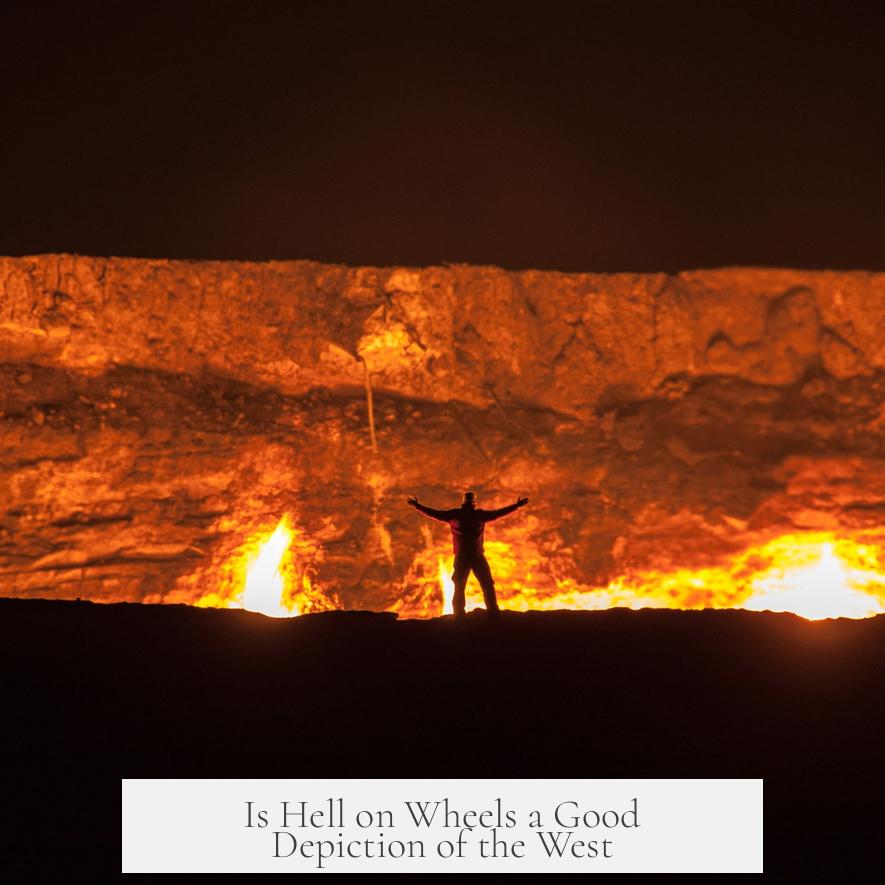
If you’re looking for a historically flavored, gritty, and compelling portrayal of the American West during the construction of the Transcontinental Railroad, Hell on Wheels stands out as one of the better attempts Hollywood has offered. But is it truly an accurate window into the Old West, or just Hollywood fiction dressed in dust and mud? Let’s dig in.
Hell on Wheels tells the story of the Union Pacific railroad’s construction across the wild frontier. It mixes real history with fictional drama, anchored by figures like Thomas Durant, who really did scam the government out of millions in subsidies. This blend fascinates history buffs without losing mass appeal.
Getting the History Right—and Wrong
The show nails some historical specifics. Thomas Durant’s character, for example, is well-rooted in fact; Durant was indeed the shady businessman behind much of the Union Pacific’s financial dealings during the era. The show’s portrayal of immigrant workers and Civil War veterans involved in building the railroad rings true. The political tensions during Reconstruction and the complexity of life on the frontier come through with surprising nuance.
But—and it’s a big but—Hollywood loves drama. Hell on Wheels sometimes amplifies conflict, personality quirks, and violence to soap-opera levels. Some viewers note it’s “loosely based” on real events, with characters or situations exaggerated for effect. If pure historical accuracy is your aim, you might prefer a series like Deadwood, which takes a different route toward authenticity.
Native Americans: Balanced or Simplified?
One tricky aspect Hell on Wheels handles with varying success is Native American representation. Native people aren’t just the stereotypical villains, nor are they romanticized as noble savages. The show tries for balance, portraying the tension between settlers and Native Americans honestly, yet briefly. For example, the memorable proto-lacrosse “game of death” scene involving Cullen and Elam is a standout moment that humanizes native characters.
Yet, their screen time is limited. What about white women who survived trauma at the hands of Indians? The show rarely shies away from painful realities, showing victims forced to live on society’s fringes. This nuanced but sometimes raw depiction reflects the era’s brutal realties.
The Mormon Factor: Fiction vs. Fact
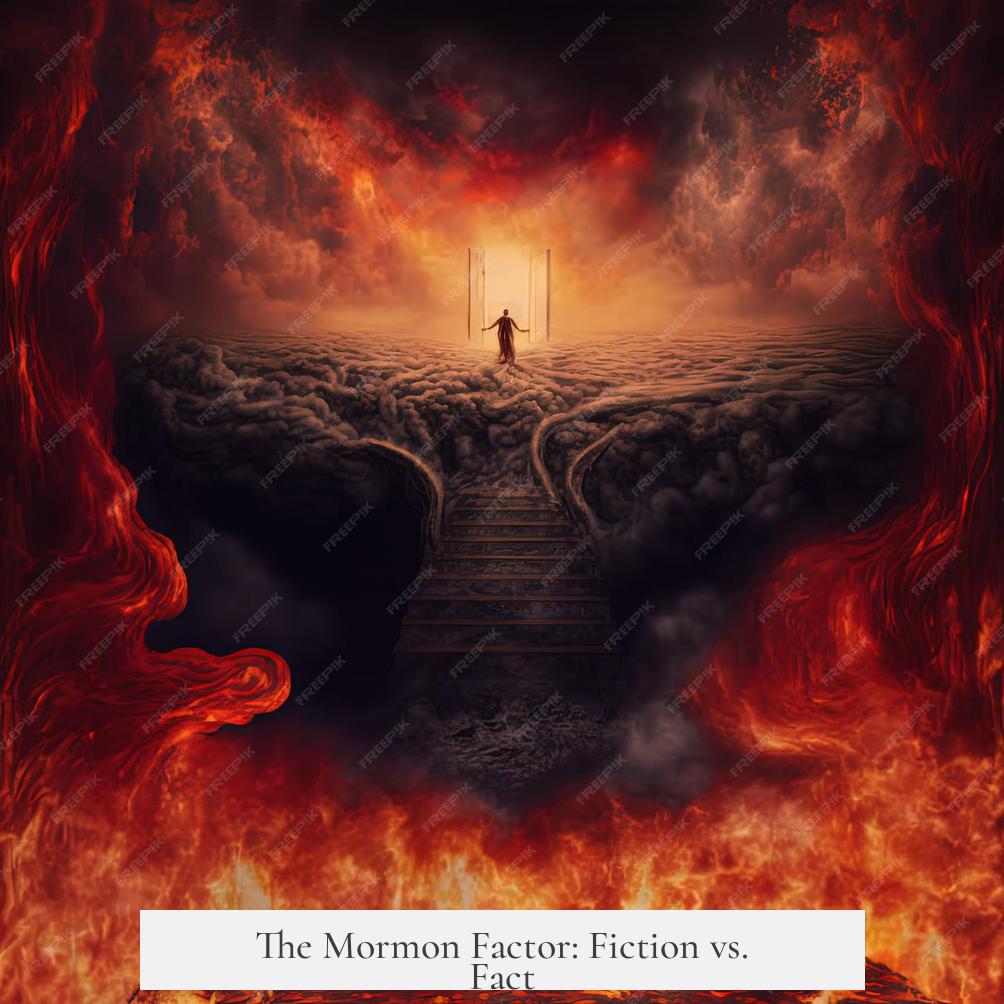
The portrayal of Mormons—and specifically the LDS Church—is probably Hell on Wheels’ most controversial historical piece. The series paints the Mormon community as secretive and somewhat sinister, playing into 19th-century prejudices and bigotry. However, history tells a different story.
Brigham Young, the church’s leader, was in fact a key investor in the railroad and rallied thousands of Utah settlers to help build a significant portion of the track. Ironically, the church and its workers never profited from their efforts. The real Brigham Young was supportive of the railroad and visionary in his ways, not the shadowy figure the show suggests.
So, while dramatic, the Mormon storyline leans heavily into fallacies rather than striving for accuracy.
Muddy, Gritty Living Conditions: A Visual Win
One of Hell on Wheels’ strengths is its portrayal of everyday life on the frontier. Unlike older clean-cut Westerns, the show splashes mud in your face—literally. Dirt, grime, and the foul reality of no plumbing spotlight how settlers lived without running water or proper waste disposal. Human waste often ended up in the streets, contributing to widespread disease.
This grimy reality adds authenticity. It shatters the myth that the Old West was a neat, dusty land of shiny cowboys and bright sunsets. Instead, it’s raw and uncomfortable, reflecting the struggle for survival.
Range Wars and Frontier Conflicts
The show does not shy away from land disputes, including the historical “range wars” sparked by the invention of barbed wire. These conflicts between ranchers and landowners were commonplace and shaped Western development. Trade negotiations and complex relationships with Native Americans also make appearances, moving beyond black-and-white depictions.
By including these layered conflicts, Hell on Wheels grounds itself in a more realistic frontier than many series, where economic interests and cultural clashes intersect.
Strengths That Elevate the Series
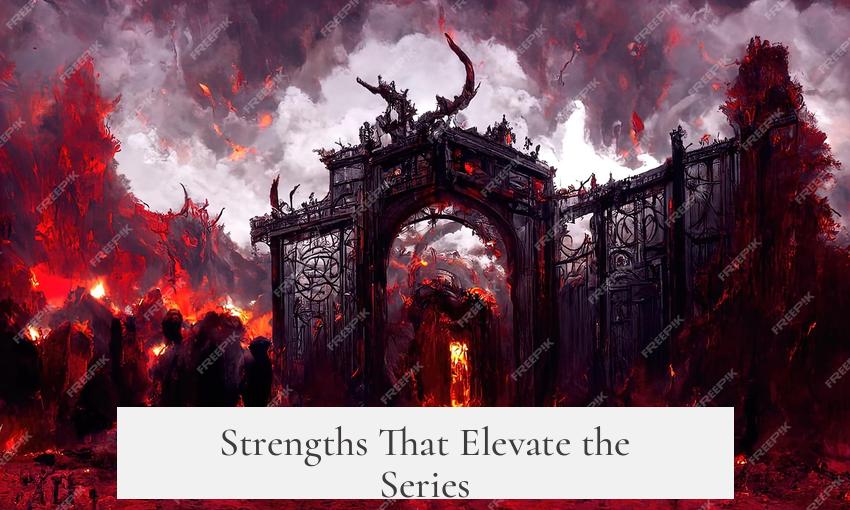
Overall, Hell on Wheels excels in its depiction of immigrant laborers rebuilding their lives after the Civil War and the volatile politics surrounding Reconstruction. The clashes, alliances, and compromises offer a fascinating look into a critical, transformative period of American history.
The series also spotlights the incremental, tough-as-nails progress of building the railroad, where every mile of track demanded human grit and sacrifice. It humanizes history without sugarcoating it.
So, Is Hell on Wheels a Good Depiction of the West?
Yes, but with reservations. The show is a gritty, sometimes brutal, and compelling portrayal of the post-Civil War Western frontier, mixing fact with dramatic fiction. It captures the chaos, corruption, and hardship of railroad construction better than many alternatives. It does so with layered characters and realistic settings.
That said, it exaggerates some events and misrepresents key groups, such as the Mormons, leaning into outdated stereotypes. Native American presence, while balanced, deserves more screen time for a fully rounded picture. For those seeking absolute historical accuracy, other shows may better fit the bill.
But if you want an engaging, immersive series that SHOWS you the dirt, sweat, and dark politics of the West while telling a human story of ambition and survival, Hell on Wheels delivers.
Want a Deeper Dive?
- Compare Hell on Wheels with Deadwood for differing takes on Western accuracy.
- Research the real Thomas Durant’s corrupt dealings—fact is often stranger than fiction.
- Explore more on Brigham Young’s role in railroad history to understand what the show omits.
History isn’t clean or pretty, but TV often pretends it is. Hell on Wheels dares to get messy—which might just be the best way to tell the story of the West.
